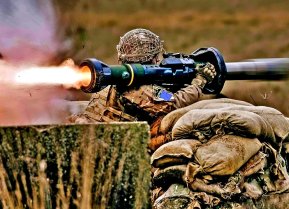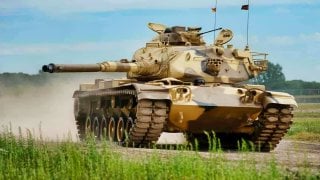Ranked: The Top 5 U.S. Main Battle Tanks
The U.S. Army has a long and distinguished history in tank warfare. While everyone remembers the German Wehrmacht’s tank prowess in the Second World War, it is important to remember that, for all the technical supremacy of the German tanks, the Americans had mass production capabilities.
The U.S. Army has a long and distinguished history in tank warfare. While everyone remembers the German Wehrmacht’s tank prowess in the Second World War, it is important to remember that, for all the technical supremacy of the German tanks, the Americans had mass production capabilities that gave them an edge over the Axis Powers, especially toward the last half of the war. What’s more, American tank commanders have defined the annals of modern warfare. Men like U.S. Army General George S. Patton have ensured that the US Army’s tank capabilities would forever be known as truly dominant.
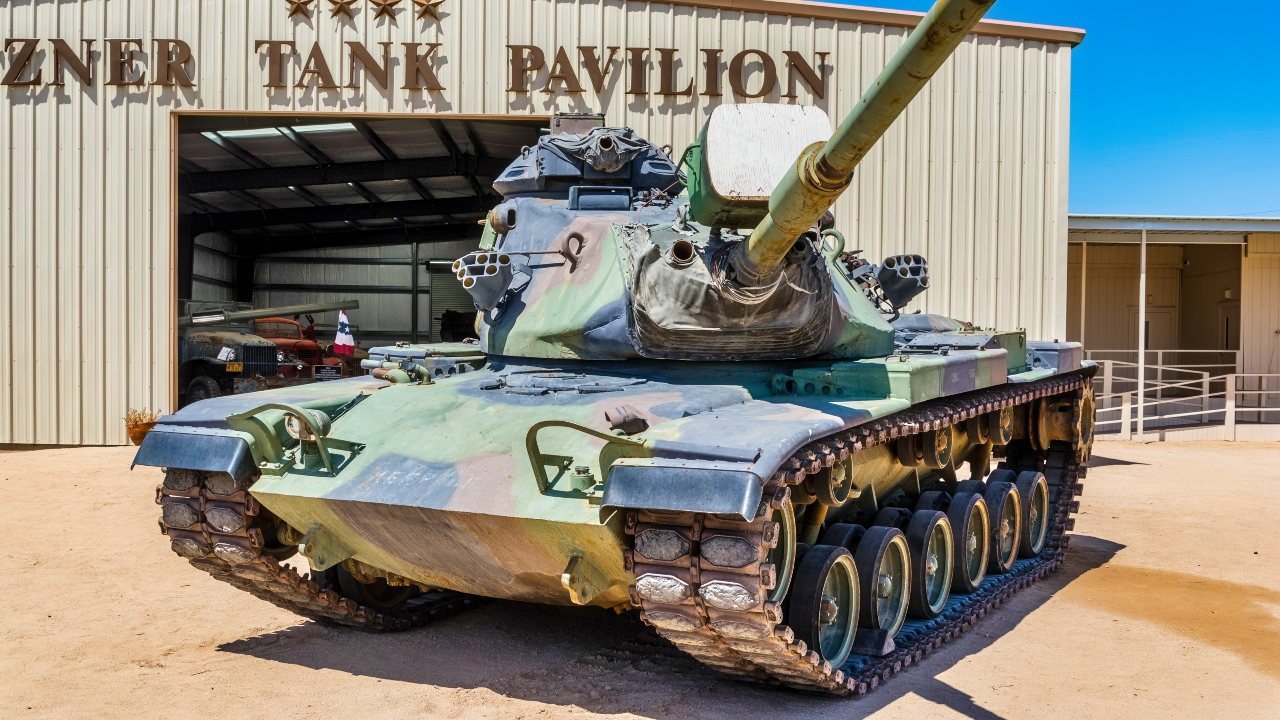
When looking back at the last century of tank development, therefore, identifying the top five American tanks of all time might seem difficult. If one has the proper metrics, though, the job becomes easy and fun.
It isn’t just about technical supremacy.
After all, the Nazis had better tanks in WWII, and they got the snot kicked out of them by the Allies.
The metrics used in this article do include technical aspects of tank design, such as armor thickness and the size of the cannon, as well as maneuverability and range.
But a key aspect is the ubiquity of the platforms listed.
Were these systems easily reproducible, cheap to maintain, and widely used?
In each instance, the systems listed have been essential to securing America’s interests and ensuring the US Army’s supremacy.
5. M551 Sheridan
One of America’s longest-serving light tanks, the M551 Sheridan, got its start waging fierce combat in the thick jungles of the Vietnam War. It was an amphibious, multirole light tank. Its most important feature was that it could be transported by air. No other tank could do this at that time.
In Vietnam, where the infrastructure was weak and movement was difficult, especially for armored vehicles, air transport was essential.
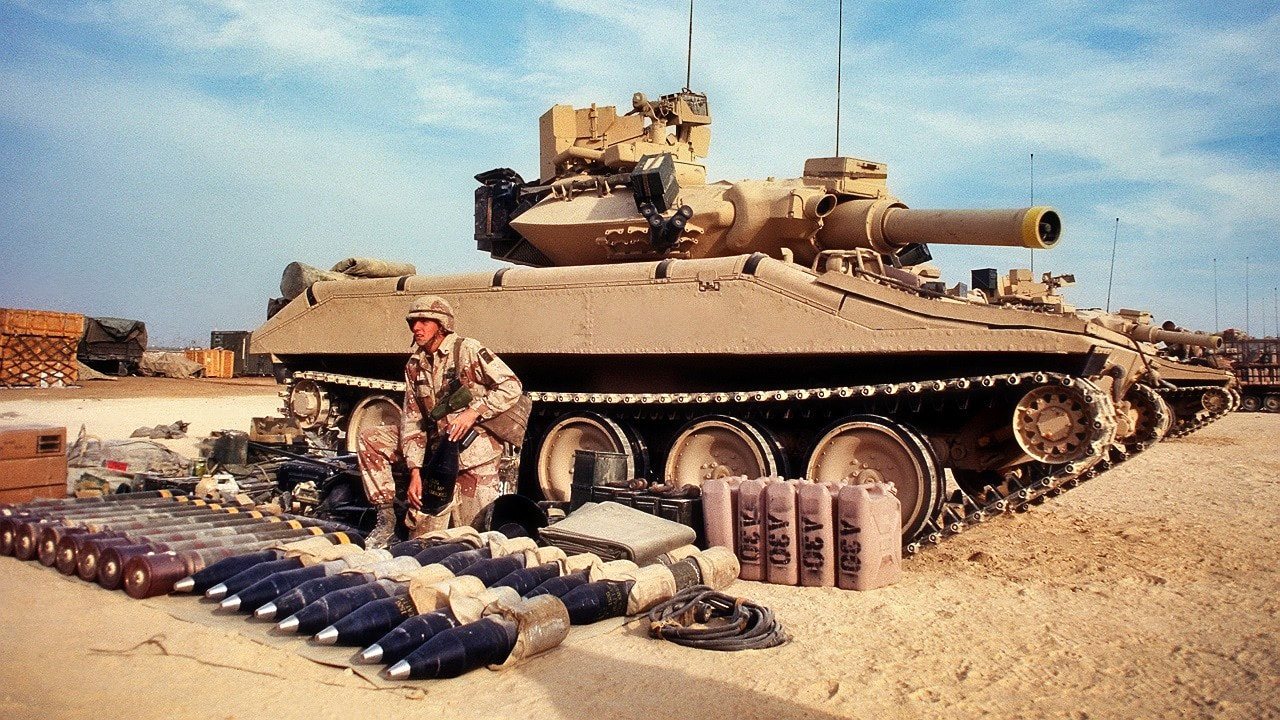
This tank was equipped with an M81 launcher capable of firing MGM-51 Shillelagh anti-tank guided missiles. The MGM-51s could be launched at long ranges and guided to their targets. The M81 could pop off conventional high-explosive rounds, too. The Sheridan also possessed advanced (for its time) thermal sights that helped its crew see better in the jungle canopy and target its enemies.
Ultimately, the lightness of the tank came at a heavy price. The aluminum armor was susceptible to enemy fire. Not only were its crews threatened, but the Sheridan fared poorly against heavier armored tanks. Eventually, the Army moved the Sheridan to a support role.
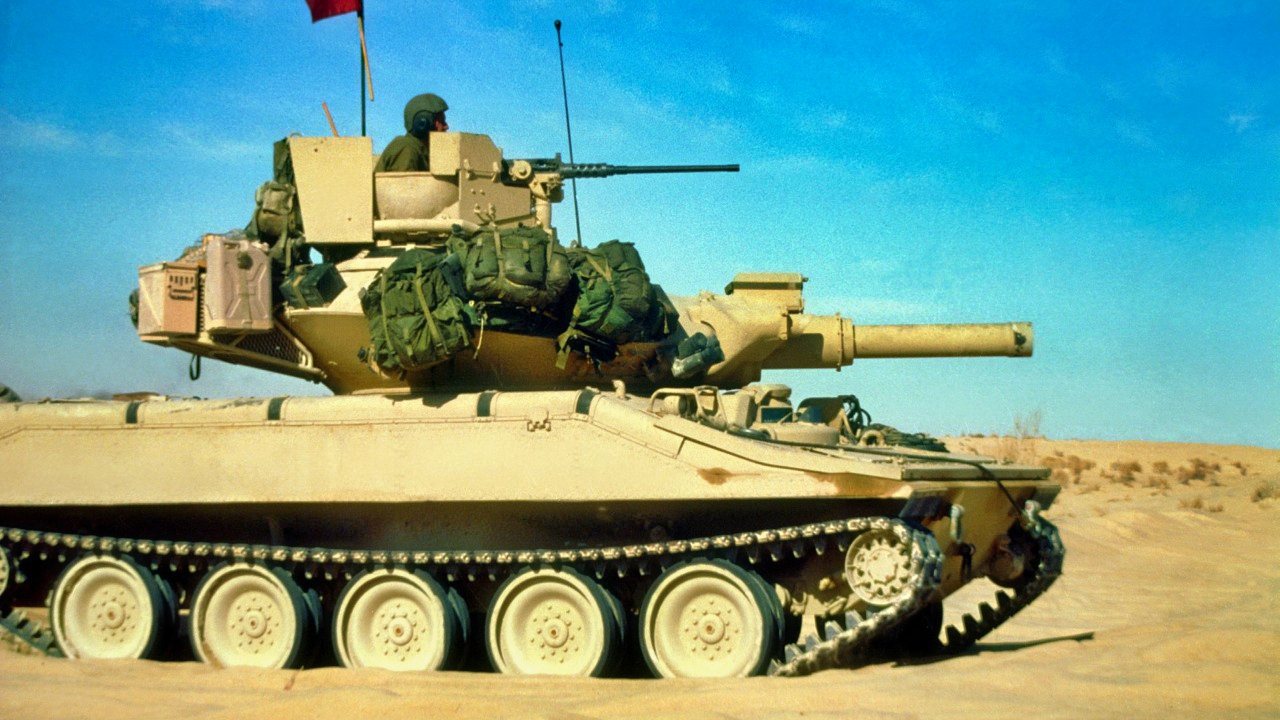
It was retired in 2003 after 34 years of service.
4. M26 Pershing
This was the Army’s next generation “heavy” medium tank. The Pershing was meant to address the perceived design flaws of the World War II workhorse tank, the M4 Sherman. It weighed over 40 tons. It had thick armor, thicker than the Sherman’s. That armor, along with its 90 mm M3 gun made it a fierce combatant in tank-on-tank battles.
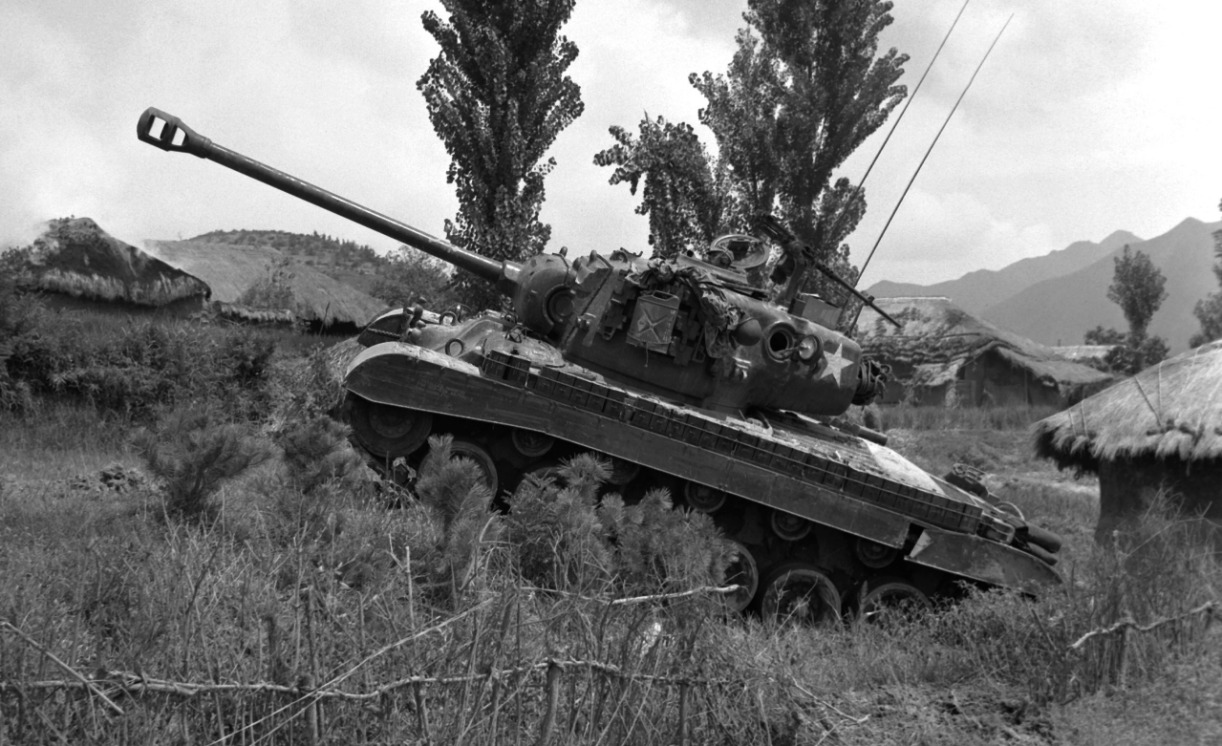
The Pershing was developed to fight the heavy German Tiger I tank in WWII. The Pershing did not truly cut its armored teeth in combat, though, until the Korean War, where it squared off against Soviet-made T-34 MBTs. Although this tank had a relatively short lifespan, the Pershing set the stage for subsequent American MBTs. And while its life was shorter than other MBTs in the American arsenal, it had several impressive showings in the Korean War. Finally, the Pershing was readily available and well maintained throughout its service in WWII and the Korean War.
3. M1 Abrams
The M1 Abrams is a truly legendary tank that proved its worth as an MBT in Operation Desert Storm. It remains the premier MBT of the U.S. Army even today. It is important for us to understand what makes this tank such an impressive platform (and why it does not hold the top spot on this list).
The Abrams has a 120mm XM256 smoothbore cannon that can hit targets almost two miles away. An M1 is also armed with a 7.62 M240 coaxial machine gun, as well as .50 caliber machine gun.
This tank travels at a maximum speed of 42 miles per hour and has a range of 256 miles. The Abrams has advanced thermal imaging, computerized fire control systems, and reactive armor that enhances the survivability of both the platform and its four-man crew.
The tank was first deployed in 1980 and, as noted, saw its greatest moments while waging war against Saddam Hussein’s Soviet-armed Iraqi military. These tanks again were called into action in Iraq in 2003. But they have not seen the kind of conventional war that defined their status as a great tank since 1991.

The newest upgrade of this tank, the AbramsX, promises to deliver yet another round of advanced capabilities to keep the U.S. military in the lead over armored adversaries. Despite all this, though, the Abrams are nowhere near as numerous as the Shermans were.
What’s more, they are far more complex and difficult to maintain than their predecessors in the 1940s and 1950s. And they have not proven themselves in a near-peer war – yet.
2. M60 Patton
Unveiled at the height of the Cold War, this beast was meant to go toe-to-toe with the Red Army on the opposite side of the Berlin Wall. This tank had an integrated fire control system allowing for rapid fire (when compared to Soviet rival tanks), a powerful 105mm cannon, and greater cruising range than the tanks that preceded it.
Although it was rushed into service because Washington feared that the Soviets had bested the Americans in tank design, leading to “mild flaws” in the M60, this war machine was so great that it remains in service even today.
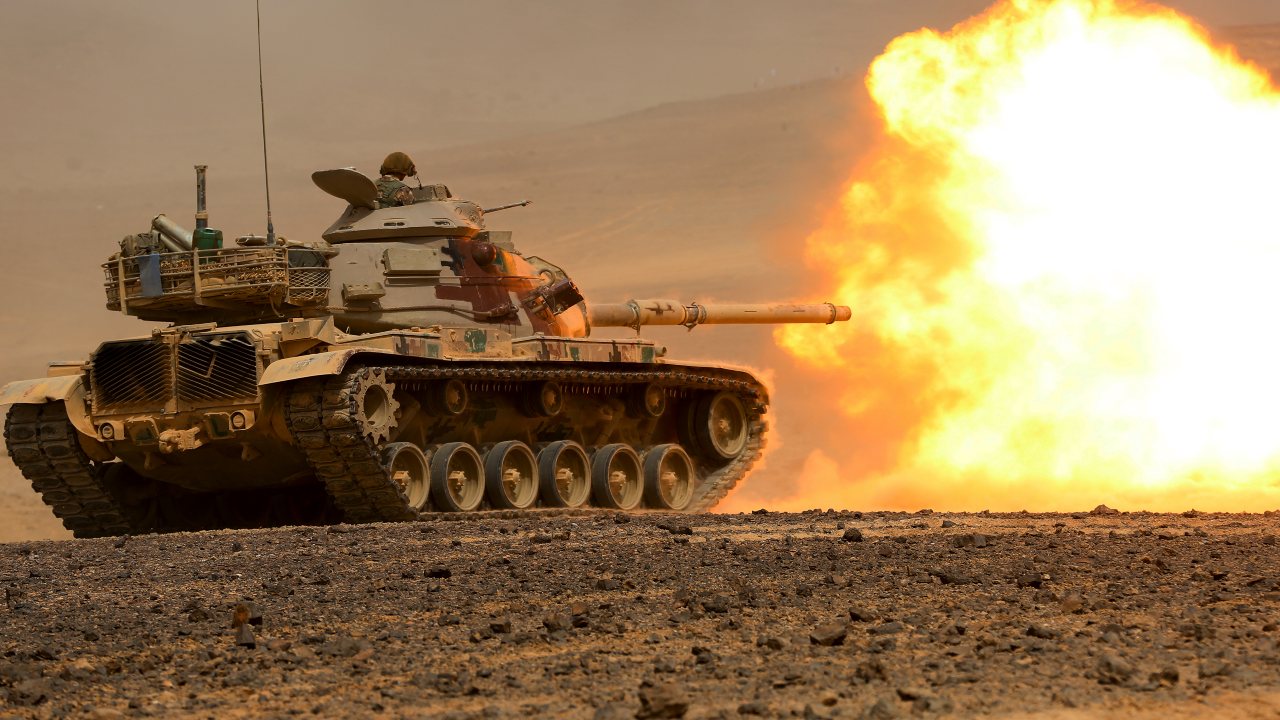
No, it’s no longer used by the U.S. military, but multiple foreign militaries use this system.
The M60 was sold to the Israelis and saw action in the Yom Kippur War. Israel Defense Forces tankers swore by this platform, and it helped save the nation in its darkest hour.
The M60 Patton lives up to its namesake. It is a hard-charging, mean, powerful tank that will blast its enemies to smithereens. There’s a reason that the Americans placed these armored beasts opposite of the Red Army for decades in Europe.
1. M4 Sherman
Much to the chagrin of Abrams enthusiasts, the M4 Sherman – an antique by today’s standards – earns top billing. The M4 was the apotheosis of American power. It not only symbolized the U.S. military’s power in combat, but it also represented the industrial might of the Americans.
After all, these systems were churned out like sausages from 1942 to 1945. In fact, approximately 50,000 units were constructed by American assembly lines and sent to every combat theater in the Second World War.
This tank remains the most produced tank in American history. If one fell in combat, there were a dozen more coming down the line in short order to replace it. The Germans, and certainly the Japanese, could not compete with this reality.
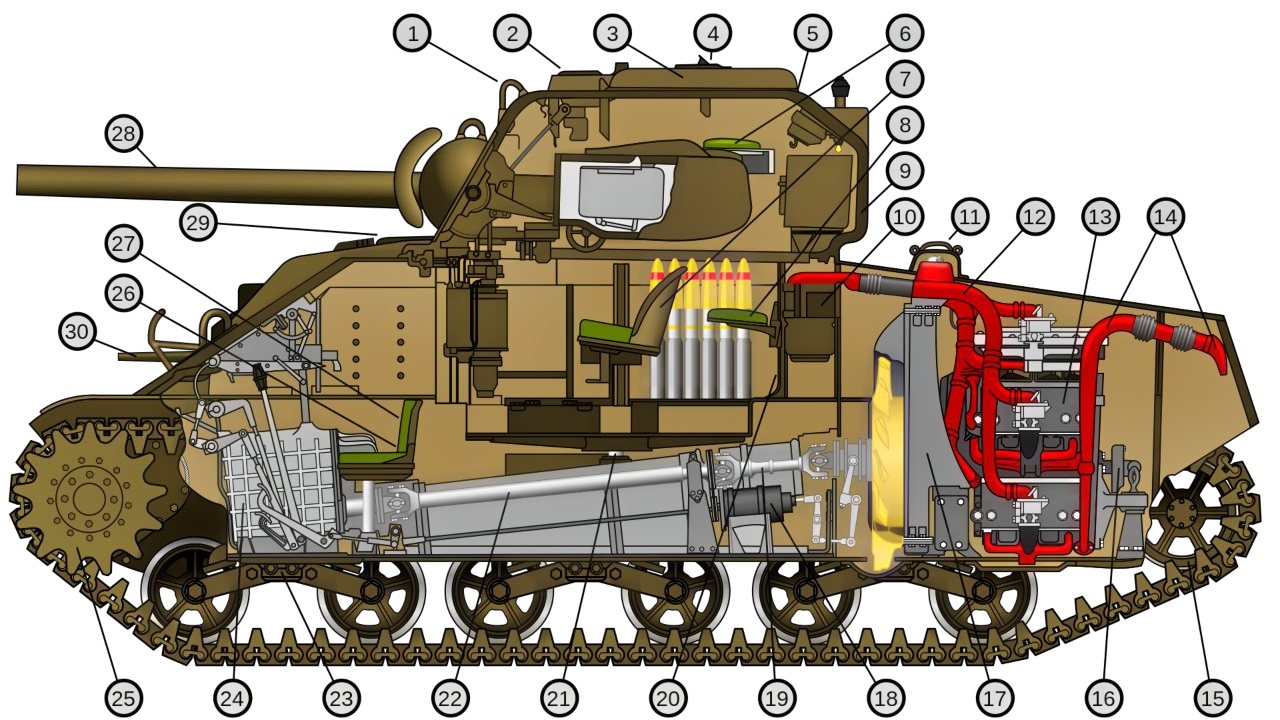
The Sherman was George S. Patton’s tank. It was the tank that liberated Europe from the evil Nazis and broke the back of the vicious Japanese Empire.
The Sherman was probably the easiest tank to maintain and produce in the Second World War, and it may be the easiest tank to maintain and reproduce in history. It was the first to have a fully traversing turret, and its 75mm cannon was a godsend for the GIs who relied on it. This war machine was so beloved that General Patton once observed of the Sherman tank that, “In mechanical endurance and ease of maintenance our tanks are infinitely superior to any other.”
How true that was in the 1940s. Thus, the Sherman remains the greatest American tank ever made. Cheap, reliable, easy to maintain, even easier to mass produce. There is no other tank like this in U.S. history.
Sadly, there likely will never be such a tank in America’s arsenal again.
About the Author
Brandon J. Weichert, a National Interest national security analyst, is a former Congressional staffer and geopolitical analyst who is a contributor at The Washington Times, the Asia Times, and The-Pipeline. He is the author of Winning Space: How America Remains a Superpower, Biohacked: China’s Race to Control Life, and The Shadow War: Iran’s Quest for Supremacy. His next book, A Disaster of Our Own Making: How the West Lost Ukraine, is due October 22 from Encounter Books. Weichert can be followed via Twitter @WeTheBrandon.
